Cervicitis
Cervicitis is an inflammation of the cervix caused by an infection or a violation of the microflora. Symptoms may include discharge, itching and discomfort, but sometimes the disease goes unnoticed. Do you have any suspicions? Read the article, but remember: only a doctor can prescribe an accurate diagnosis and treatment. Contact the K+31 clinic for qualified help.

specialists

equipment

treatment
Classification of premenopause
Premenopause is a period that can vary in age of onset, manifestations and their severity.
| Criteria | Type | Description | Additional comments |
|---|---|---|---|
| Age of onset | Early perimenopause | Onset before age 40. Can be caused by genetics, autoimmune diseases, or stress. | It is important to exclude pathological causes such as premature ovarian failure. |
| Middle perimenopause | Occurs in the age range of 40-50 years. This is the most common option. | A normal physiological process, typical for most women. | |
| Late perimenopause | Occurs after 50 years. Associated with the genetic characteristics of the body. | Less common, but usually does not require additional intervention. | |
| Severity of symptoms | Mild form | Minor changes in the cycle, occasional hot flashes, mild mood changes. | Usually does not require treatment, supportive therapy is sufficient. |
| Moderate form | Regular hot flashes, sleep problems, irritability, cycle changes are more noticeable. | Requires medical supervision to choose the appropriate correction. | |
| Severe form | Frequent hot flashes, severe sleep disturbances, irritability, depression, abrupt cycle changes. | Medical care is needed, including hormone replacement therapy (HRT). | |
| Hormonal status | With normal hormone levels | Estrogen levels remain within normal limits, cycle changes are minimal. | The transition period is still in its initial stage, observation is usually sufficient. |
| With reduced hormone levels | Estrogen levels decrease, hot flashes, vaginal dryness and other symptoms become more pronounced | A doctor's consultation is necessary to select a treatment to reduce discomfort | |
| Causes | Physiological | Natural decline in ovarian function with age. | The most common scenario. |
| Artificial | Occurs after surgical removal of the ovaries or their damage as a result of treatment (for example, chemotherapy). | Requires special correction, as the signs may be more pronounced. | |
| Premature | Occurs as a result of pathologies (autoimmune diseases, genetic disorders). | Requires a thorough examination and an individual approach to treatment. |
Treatment of cervicitis
Drug therapy
Local treatment
Physiotherapy
Surgical methods
If inflammation has caused tissue damage, the doctor may suggest removing it using modern technology. Radio wave therapy and laser cauterization allow you to carefully remove inflamed areas without damaging healthy tissue. The methods are even suitable for women planning a pregnancy, as they do not leave scars.
Cryodestruction freezes damaged areas of tissue, which are then rejected by the body. It is often used if the lesion is deep and requires more intensive intervention.
Recommendations during treatment
Rehabilitation
Answers to popular questions
Understanding the causes, signs and treatment features of cervicitis raises many questions for patients. We have collected the most relevant of them and asked the doctors of the K+31 clinic (Moscow) to give detailed and understandable answers.
Can cervicitis affect smear results?
Can I play sports with acute cervicitis?
How do I know if cervicitis has become chronic?
Do I need to treat cervicitis if it does not cause discomfort?
Can you get pregnant with chronic cervicitis?

This award is given to clinics with the highest ratings according to user ratings, a large number of requests from this site, and in the absence of critical violations.

This award is given to clinics with the highest ratings according to user ratings. It means that the place is known, loved, and definitely worth visiting.

The ProDoctors portal collected 500 thousand reviews, compiled a rating of doctors based on them and awarded the best. We are proud that our doctors are among those awarded.
Make an appointment at a convenient time on the nearest date
Price
Other services


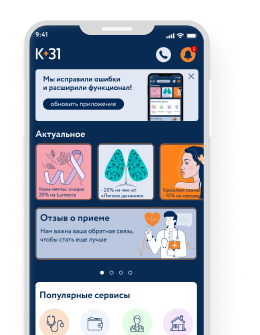





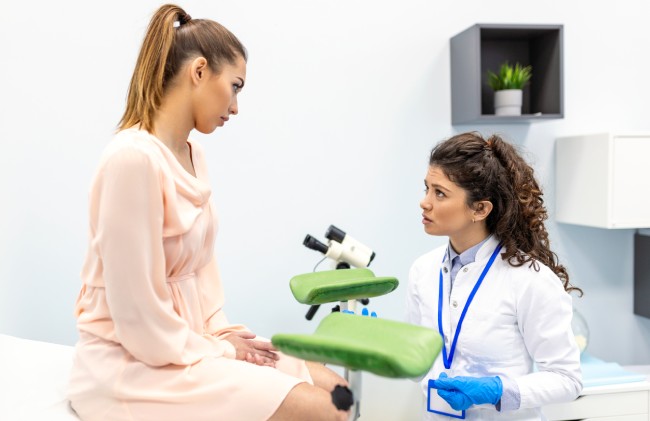

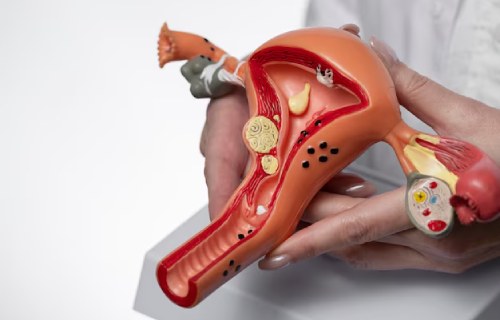
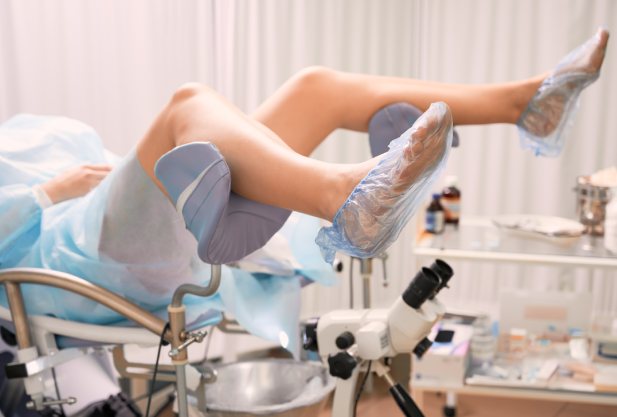









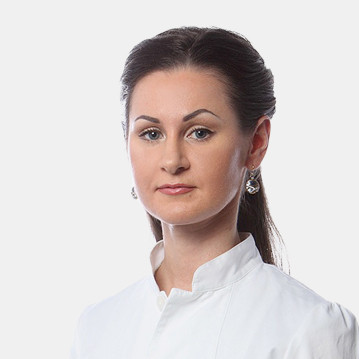











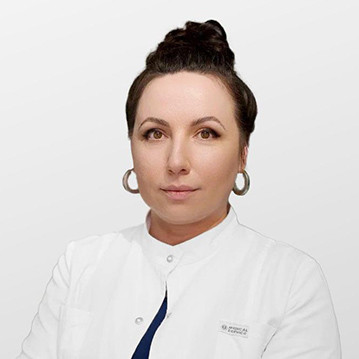

















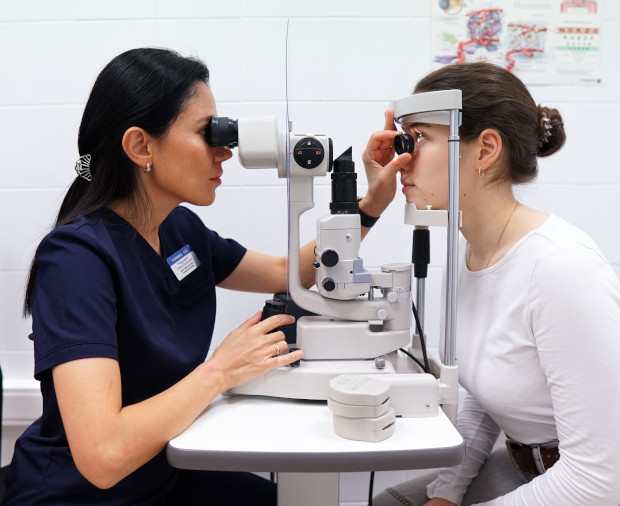




What is cervicitis?
Cervicitis is an inflammation of the cervix that can occur due to infection, injury, or other factors. The cervix is an important part of the reproductive system, and its inflammation can cause discomfort or lead to complications.
The most common causes of cervicitis in women are infections, such as chlamydia or gonorrhea, and microflora disorders (such as bacterial vaginosis). Sometimes inflammation is caused by an allergy to latex or injuries after childbirth and surgery.